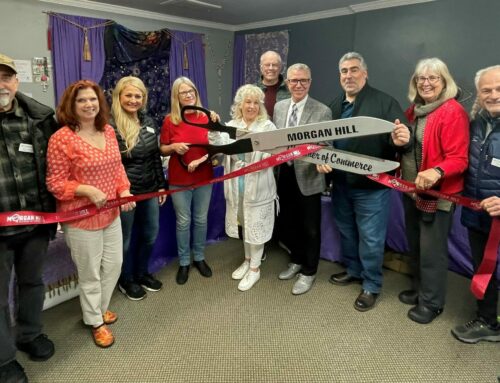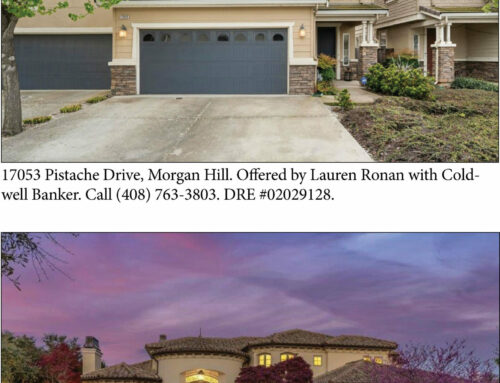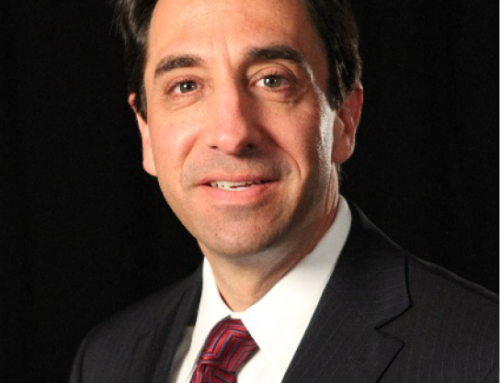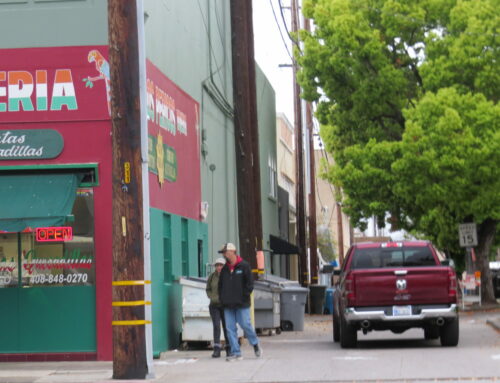Published in the June 21 – July 4, 2017 of Morgan Hill Life
By Kathy Sullivan

Kathy Sullivan
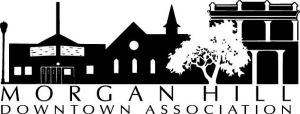
The May 24 breakfast summit talked about how 30 minutes of exercise is the recommendation for a healthy lifestyle. The emphasis of the talk was just not on how it helps the individual — but can actually can improve property values.
We learned how real estate agents and new homeowners look at walk-ability scores, with higher scores adding to a higher value. You can look it up on www.walkscore.com.
Most of us do not realize but our modern cities are set up to accommodate traffic. They fail to take into account some of the other aspects of city living which add to our enjoyment of our environment.
When we get out of our cars and walk around, besides the exercise, we are shifting our behavior and increasing our chances for social interaction. Studies have shown it increases business retail value. When we walk to our retail, research shows we may spend less each visit but spend more overall.
Mark Fenton a transportation and planning consultant, gave the keynote address on Community Design for Economic, Environmental and Public Health. His main points were that communities which support active living, such as walking, experience a variety of benefits ranging from economic, environmental sustainability, increased safety and improved health. Pedestrians, bikers and a pleasing landscape need just as much consideration as car oriented traffic grids.
To illustrate this point, the attendees to the summit took a walking tour from the Community and Cultural Center. Everyone was instructed to observe how the few streets we were walking met goals related to pedestrians, bikers and overall aesthetics.
Everyone was invited to use a scale of one to 10 taking into account how the streets and walking paths worked. We were also to look at if the bike paths were sufficient, if the traffic patterns of speed, the width of the street would be a hindrance to pedestrians or bikers. We were also asked to look at the level of the pleasurable experience of the environment once we arrived at a stop.
Looking at familiar streets and pathways with these factors in mind helped us envision our city in new ways. We walked right past a path which went to the train station, most of us were not even aware of near an apartment complex.
We saw low hanging tree branches, sidewalks which narrowed around trees, making it difficult for strollers or wheelchairs, speeding traffic and wide streets which would make it difficult to cross in a timely manner.
Bike paths were too narrow except for the most experienced biker to feel safe. It helped all of us realize we could be doing a lot more to improve the walk-ability score for our city.
Kathy Sullivan is a board member for the Morgan Hill Downtown Association. She wrote this column for Morgan Hill Life.


